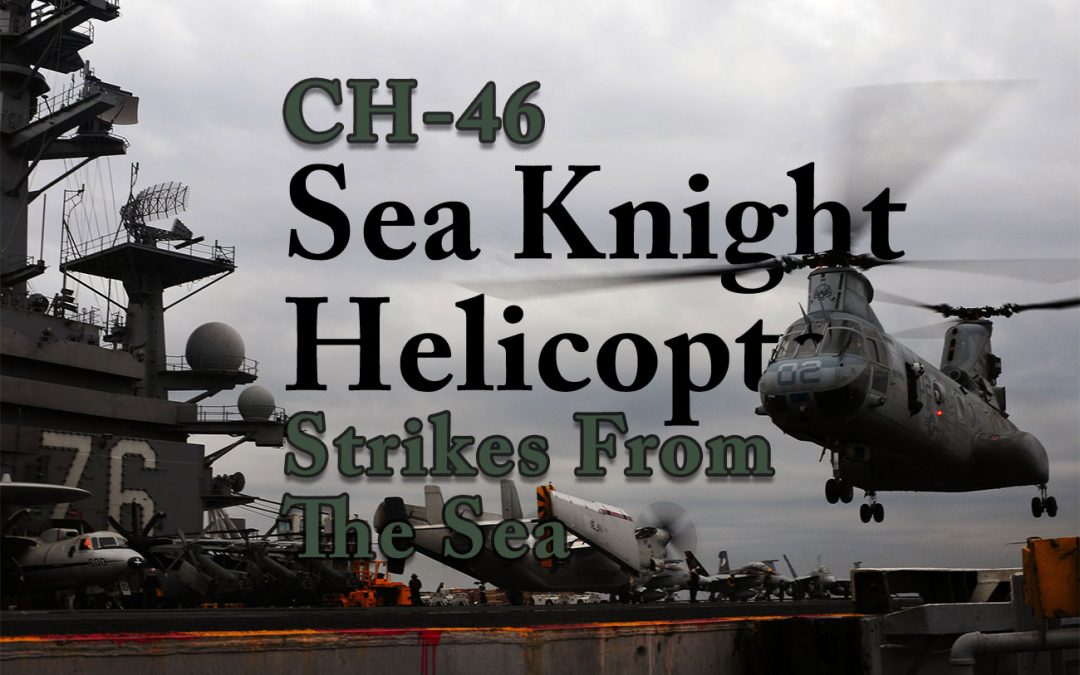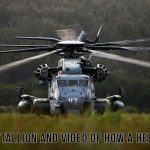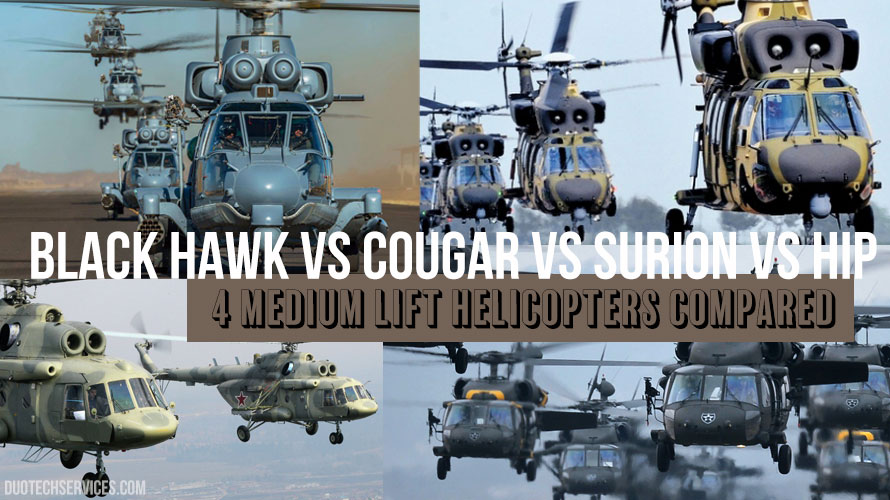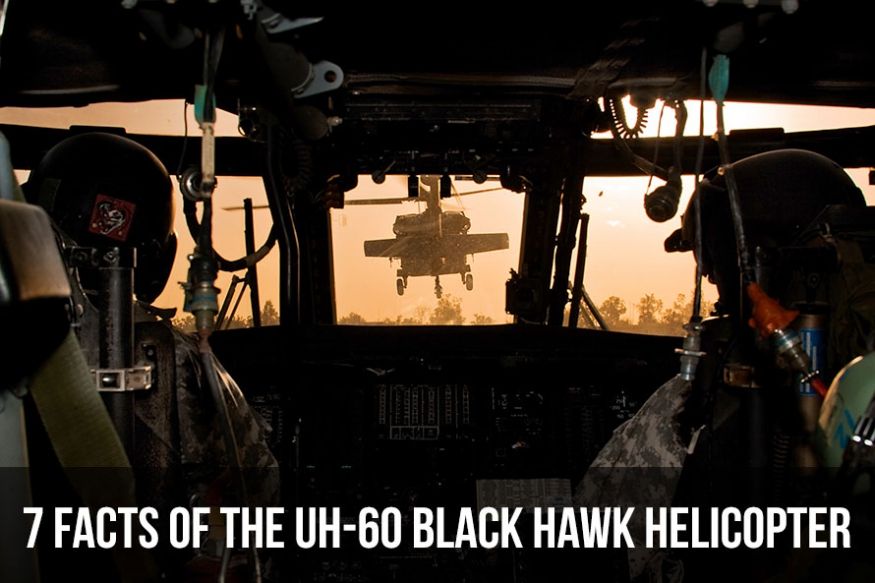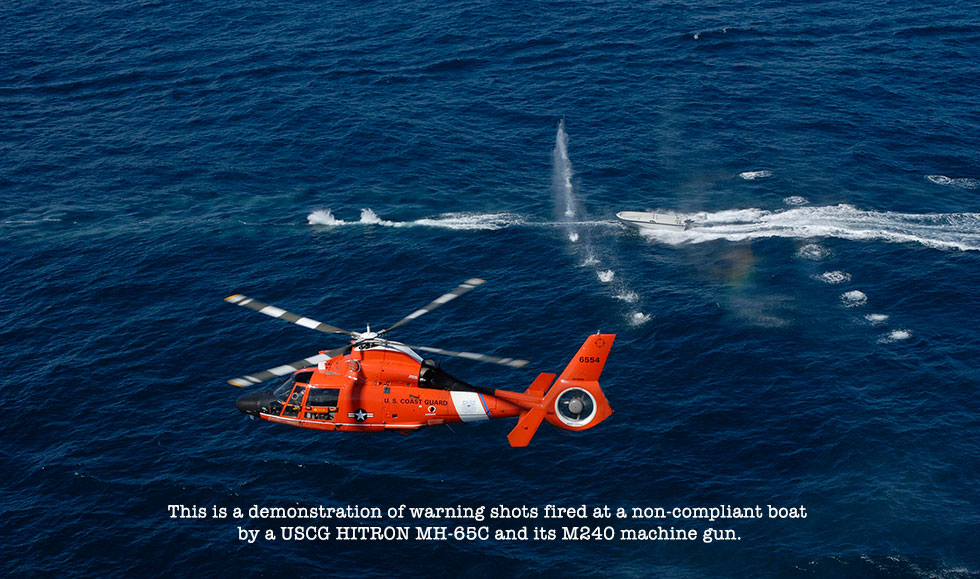In the dead of night, the two CH-46 Sea Knights lift off from the deck of the USS Ronald Reagan and headed toward Iraq. On board are elite members of the U.S. Marine Corps Raiders, who are tasked with conducting a critical mission deep in enemy territory. As the helicopters fly over the rugged terrain, the night swallows all light so the crew press on using night vision goggles. The Marines remain silent, mentally preparing themselves for what lay ahead.
Slipping quietly through the night sky, the CH-46 Sea Knights begin their descent between the high mountain peaks surrounding the quiet valley below. Touching down on an open field, the special forces troops rapidly exit the helicopters and secure the area, setting up a perimeter to protect the Sea Knights as they rise up from the landing zone. The troops then begin their mission, moving swiftly and silently through the rugged terrain, relying on their training and expertise to achieve their objectives.
Approximately five miles from the landing zone, the unit quietly enters a small village, identifies and captures a high-value target, and swiftly moves back to a different rendezvous point with the helicopters about 1 mile away. As the mission draws to a close, the CH-46 Sea Knights break the silence of the night, energizing the air surrounding this new landing zone and extracting the team and their new guest. They lift off into the night sky as they head back to the safety of the carrier. The successful air assault had been a critical operation in the ongoing fight against terrorism, demonstrating the bravery and skill of the U.S. military in the face of danger.
The CH-46 Sea Knight is a multi-personnel rotary-wing aircraft, capable of being flown and maintained by up to 5 crew members – 2 pilots, 1 crew chief, plus an aerial gunner/observer and a tail gunner. However, it can be adapted for a 3-person operation depending on the mission at hand.
Also Read: The CH-53K King Stallion and Video of How a Helicopter Flies
Beast Mode
The CH-46 Sea Knight helicopter is considered a beast for a multitude of reasons. It boasts dual T58-GE-16 engines, providing reliable and efficient power for operation. In addition, it has an impressive load capacity, able to carry up to 24 troops, 15 stretchers, and two attendants, or up to 6,000 lbs of cargo in its large cabin. Its versatility is another notable feature, allowing it to perform a wide range of missions, including transport, search and rescue, and medical evacuation.
The Sea Knight is armed with two 12.7 mm machine guns on each side and one 7.62 mm machine gun on the rear ramp for self-defense. However, these weapons are fitted optionally. Equipped with two 12.7 mm machine guns and an optional 7.62mm on each side, the Sea Knight offers comprehensive defense capabilities for any mission it undertakes.
Many Missions
The CH-46 Sea Knight helicopter is renowned for its versatility and ability to perform a wide range of missions, making it a valuable asset for the US military. Equipped with rescue hoists, winches, and other search and rescue equipment, the CH-46 is well-suited for SAR missions. It is also equipped with medical litters and oxygen systems, making it an ideal platform for evacuating injured personnel. The helicopter is often used in humanitarian missions, delivering supplies and personnel to support disaster relief and other aid operations. Its versatility and robust design also make it well-suited for a wide range of combat support missions, such as inserting and extracting special forces teams, supporting ground troops, and providing close air support. The CH-46 Sea Knight’s adaptability and multifaceted capabilities make it a critical asset in a variety of military and civilian contexts.
Also Read: Helicopter First Flights and Interesting Facts
Performance
The CH-46 Sea Knight helicopter boasts impressive performance specifications, making it a versatile and reliable asset for a variety of missions. It can reach a maximum speed of 170 knots (196 mph) and has a range of 340 nautical miles (394 miles), making it capable of covering significant distances quickly. With a service ceiling of 14,000 ft and a rate of climb of 1,375 ft/min, it can operate in a variety of environments, including mountainous terrain. The CH-46 Sea Knight has an empty weight of 17,000 lbs and a maximum gross weight of 24,500 lbs, providing ample capacity for troops and cargo. Its powerplant consists of two General Electric T58-GE-16 turboshaft engines, each producing 1,250 shp, providing the reliable and efficient power necessary for operation. The CH-46 Sea Knight helicopter is 99 ft 9 in (30.4 m) long, has a rotor diameter of 60 ft 0 in (18.3 m), and stands at a height of 25 ft 6 in (7.8 m). It should be noted that these specifications may vary slightly depending on the specific variant of the CH-46 Sea Knight helicopter.
Operators
Several countries around the world operate the CH-46 Sea Knight helicopter. The United States Marine Corps (USMC) is the largest operator of the CH-46, with the helicopter serving as a key asset for troop transport, medical evacuation, and combat support missions. Japan’s Maritime Self-Defense Force also operates a number of CH-46 helicopters for transport and search and rescue missions. The Spanish Navy uses CH-46s for search and rescue and utility transport, while the Royal Netherlands Navy operates the helicopter for transport and logistics support. In addition, the Italian Navy, Republic of Korea Navy, and the Canadian Armed Forces have all operated the CH-46 in the past. Although the helicopter is no longer in production, it remains in service with several countries and is highly valued for its versatility and reliability.
Also Read: Black Hawk vs Cougar vs Surion vs Hip – 4 Medium Lift Helicopters Compared
The CH-46 is known for its robust design and durability, making it well-suited for demanding operational environments. With over 50 years of service in the US military, the CH-46 has a long and distinguished history of supporting troops in a variety of missions. All of these qualities make the CH-46 Sea Knight helicopter an indispensable asset for the US military, earning it the moniker of “beast” among those who have had the privilege of operating it.

